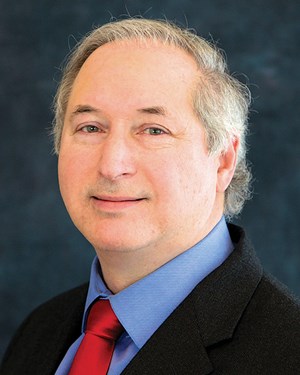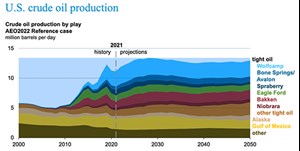It was the worst of times; it was the best of times

It was an age of foolish governmental policy and over-regulation; it was an age of improved capital discipline; it was an epoch of a pandemic; it was an epoch of entrepreneurial grit; it was a season of activists compelling companies to adopt social goals; it was a season to seize opportunities in decarbonization; it was the winter of despair in attracting new talent from universities; it was the spring of hope to develop and grow employee training and professional growth. Everything before us seemed to be against fossil fuels, yet collaboration and technology offered hope for the best of times to come.
A taste of reality. J. P. Morgan Chase CEO Jamie Dimon was challenged at a congressional hearing recently, whether his bank would cease funding new oil and gas projects. Dimon fired back with a resounding “absolutely not,” adding that “the world is discovering how insecure the global energy supply is, and investment in natural gas will be the best cleaner-burning fuel alternative to coal for years to come.” Dimon went so far as to suggest that climate-obsessed lawmakers and regulators pose a greater threat to the world than changes in the climate.
The U.S. Energy Information Agency (EIA) projects an increase of over 50% in demand for electric power by 2040. This demand cannot be achieved by renewables alone. It will take an all-sources approach using oil, gas, nuclear and renewables to achieve. Indeed, the pandemic, supply chain issues, and geopolitics are all factors impacting commodity price and supply globally.
Overregulation and permitting delays, plus activist pressure to divest fossil fuel projects, have forced about 20% of refineries to close down, further reducing supply. At one time, U.S. refinery capacity and planned LNG export capacity were the largest in the world. U.S. LNG was poised to protect Europe from Russian gas blackmail. Today, this forward-leaning entrepreneurial position has been thwarted by globalist energy policy, thus allowing China the opportunity to succeed the U.S. in refining capacity and potentially dominate supply throughout Asia.
Money talks. Despite misguided governmental interference, U.S. oil and gas firms and service companies are experiencing a robust recovery in production, with the EIA projecting a 12.7- MMbopd year-end rate, Fig. 1. However, this is not due to over-drilling but rather technological advances in drilling and completion. New rig activity being deployed is actually lower than previous years, as U.S. companies remain focused on capital disciple, improved technology and application of lean manufacturing to reduce waste and increase ESG sustainability.

This disciplined approach, coupled with current commodity price, has allowed companies to generate free cash flow, pay dividends to shareholders, and engage in acquisitions. Free cash flow generation is further allowing companies to invest in research and technologies focused on decarbonization, such as Direct Air Capture, Carbon Capture Utilization and Storage, and Biofuels, to name a few.
Unintended consequences. Imagine a world without oil and gas. There would be no fertilizers to grow crops, resulting in worldwide famine; no asphalt to repair roads for the EV to travel; no tires for the EV to ride on; no plastics and synthetic fabrics; and what happens to wind turbines and solar panels that are made with oil derivatives? Science has yet to discover anything to replace hydrocarbons that are as versatile, have such high-energy density, and low cost.
As for Lithium-Ion batteries for the EVs, about 100 pounds of materials are mined and processed to create 1 pound of battery. An EV emits about 4,450 pounds of CO2 each year, about half the amount of an internal combustion car. However, adding the mining and processing of materials for the EV battery puts more pollutants into the system, making it far worse for the environment than an internal combustion car. Plus, lithium-Ion batteries cannot be recycled and disposal of batteries in landfills is a serious, unsolved environmental problem.
Hope for the future. It’s easy to be pessimistic and depressed, given the onslaught of social justice warriors and climate activists attacking everything hydrocarbon. The Progressive Left have engaged in a masterful public relations campaign using Hollywood, the liberal media and social platforms to paint the industry as evil incarnate.
A consequence from this is enrollment at universities in petroleum engineering and geoscience is down. However, those who are enrolled in these important programs are enthusiastic and see a robust career. These students see the reality that renewables vastly underperform in the generation of electricity, and renewables cannot provide feedstock for petrochemicals. This next generation of scientists embraces not just traditional engineering and geoscience but is learning about decarbonization, data science, using artificial intelligence to solve problems, using robotics and drones to monitor and mitigate emissions, and developing technological solutions via multidiscipline collaboration.
This combination of social awareness with engineering and geoscience will facilitate a powerful combination of technology and collaboration and help oil and gas companies gain competitive advantage. What remains is for leadership to tell the story of how the industry is being a good steward of the environment and back this up with successful examples. WO



